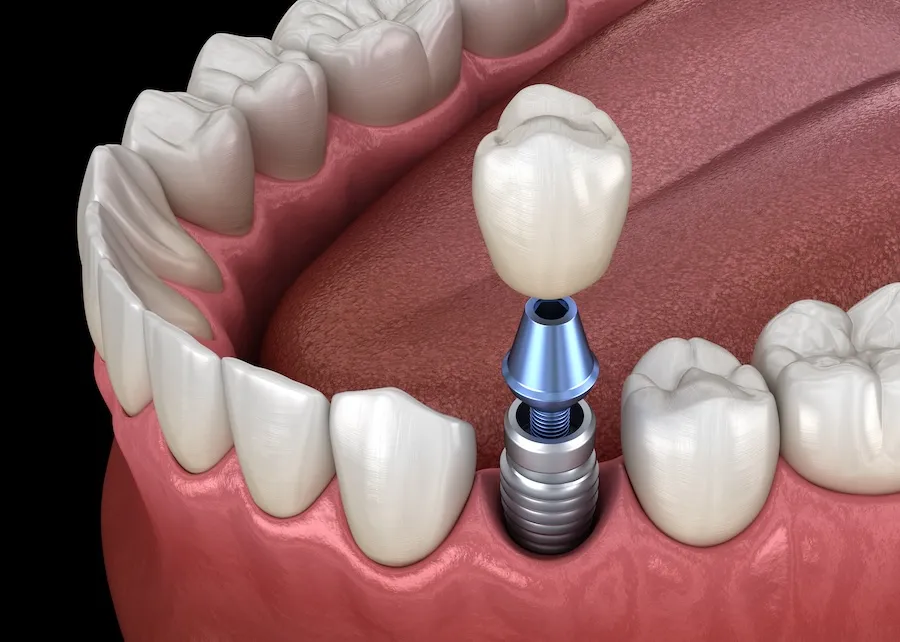How to Recognize a Stroke Key Signs and Symptoms
A stroke occurs when blood flow to the brain is disrupted due to blockage or reduced circulation, depriving the brain of the oxygen and nutrients it needs to function. Without prompt medical attention, this interruption can lead to severe health consequences. Here’s more information on the potential indicators of a stroke and factors that might increase the risk:
Stroke Signs
Knowing the signs of a stroke can make all the difference in an emergency. One of the easiest ways to identify a potential stroke is through the acronym F.A.S.T., which highlights key warning signals. By familiarizing yourself with the F.A.S.T. method, you’re better prepared to act decisively when a stroke occurs, and it stands for:
- Face Drooping: Often occurs on one side of the face, which may feel numb or appear uneven. This can be particularly noticeable when smiling, as the smile may droop on one side.
- Arm Weakness: This is another significant indicator. If one arm feels weak or numb, it may start to drift downward when both arms are raised simultaneously.
- Speech Difficulty: This may manifest as slurred speech or trouble being understood during a conversation, making communication challenging.
- Time is Invaluable: Acting quickly is key to attentive care. If these signs are evident, seek emergency medical attention without delay.
Additional Stroke Symptoms
While the F.A.S.T. signs are widely recognized, strokes can also present other symptoms that shouldn’t be overlooked. These include sudden numbness or weakness in the face, arms, or legs, particularly on one side of the body. Vision problems are common, such as blurred or obstructed sight in one or both eyes. A stroke may also affect mobility, leading to trouble walking, balancing, or coordinating movements.
Some individuals report experiencing an intense headache without an obvious cause, which can appear suddenly and severely. Another indicator of a stroke is mental confusion, such as difficulty understanding others or forming coherent sentences. These signs typically emerge abruptly and require immediate medical care to prevent further damage.
Risk Factors
While a stroke can happen to anyone, certain risk factors may increase the likelihood of experiencing one. Awareness of these risks can help individuals and healthcare providers take preventive steps effectively. Certain medical conditions can increase the likelihood of a stroke. These include:
- Aneurysms: Bulging in a blood vessel that may rupture, interrupting blood flow to the brain.
- Arteriovenous Malformations (AVMs): Abnormal connections between veins and arteries that disrupt circulation.
- Blood Clotting Disorders: Conditions that affect the blood’s ability to flow properly, potentially leading to blockages.
- Carotid Artery Disease: A narrowing of the blood vessels in the neck that supply blood to the brain.
- Peripheral Artery Disease (PAD): A condition where narrowed blood vessels reduce blood flow to various body parts.
Value of Stroke Awareness
Quick recognition and action can significantly enhance recovery outcomes and reduce the likelihood of long-term damage. Understanding the warning signs and risks associated with strokes can help protect yourself and others. For more information and resources about stroke awareness, visit credible health organizations or consult your healthcare provider today.











Post Comment